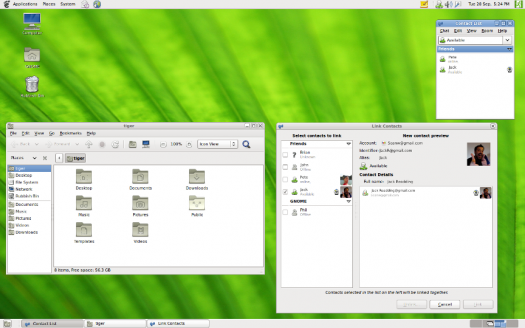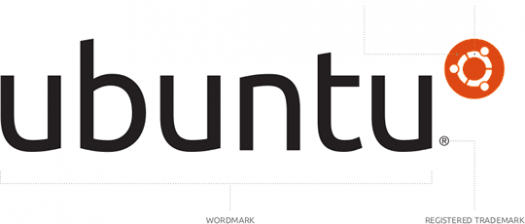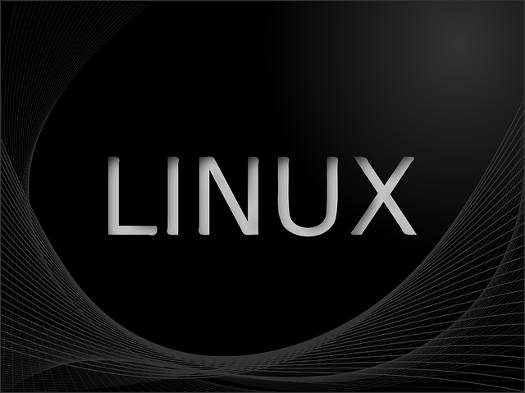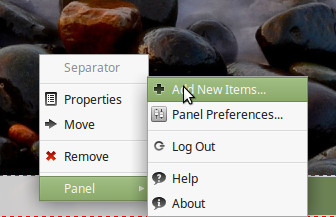Although changes made to Linux desktop environments over the last decade have given innovation a bad name, some, like KDE's Activities, show promise.
Posts published in “Desktops”
The user revolts against KDE 4, GNOME 3, and Unity have left desktop Linux developers with a fear of innovation, exactly when that's what's needed.
Eight years after the Gnome 2 desktop was replaced by Gnome 3, the older desktop environment remains one of the most used interfaces on desktop Linux.
The debate about whether KDE or GNOME is the better desktop environment for desktop Linux has been going on since before beginning of the 21st century. As with everything else in open source, it's really all just a matter of choice and what works better for you.
After you get Linux up and running on your computer, there are still a few things left to do. Here’s a short list that newcomers might find helpful.

Linux for Newcomers
Those who are new to Linux might just go to work right away after installing, or having someone else install, GNU/Linux. However, there are a few things you should do first. Some of them, such as updating your system and activating the firewall, are essential. Others are just things you do to customize your Linux experience.
Here’s a short checklist of things to do after you get Linux up-and-running on your computer. You should consider the first two items on this list as being required, with all the other items being optional. The list is specific to Linux Mint 18.x Xfce Edition, so if you’re using another flavor of Linux, you’ll be better off searching for another list.
Christine Hall has been a journalist since 1971. In 2001, she began writing a weekly consumer computer column and started covering Linux and FOSS in 2002 after making the switch to GNU/Linux. Follow her on Twitter: @BrideOfLinux
With Linux Mint Xfce 18.1 “Serena” due to be released any day now, we decided it was too late for a full review of Mint Xfce 18.0 “Sarah,” and opted instead for this down-and-dirty “nonreview.”
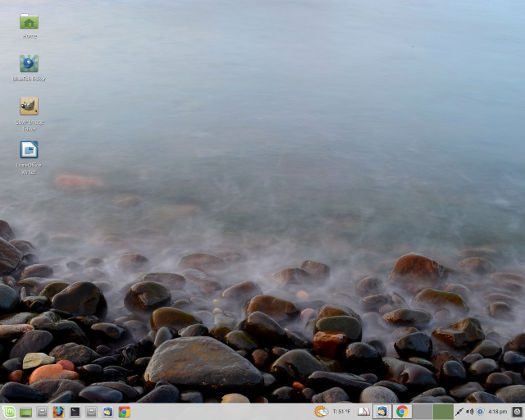
The FOSS Force Review Nonreview
Oh, drat. I’ve done gone and procrastinated too much again.
Shortly after Clem Lefebvre and his buddies released the Xfce edition of Mint 18 — that’s “Sarah” for those who prefer names to numbers — I installed it on one of the laptops I keep at the office so I could write a review. I even took the laptop with me to All Things Open in late October to give it a good workout — which I did writing my coverage of the conference for “another website.”
I never did get around to writing the review, but it’s always been on the back burner. I’d get it written before the next version of Mint is released, I figured.
Christine Hall has been a journalist since 1971. In 2001, she began writing a weekly consumer computer column and started covering Linux and FOSS in 2002 after making the switch to GNU/Linux. Follow her on Twitter: @BrideOfLinux
Also included: Fedora community says goodbye to Matthew Williams, Solus gets a new package build system, end-of-life for Fedora 23 and IoT security.
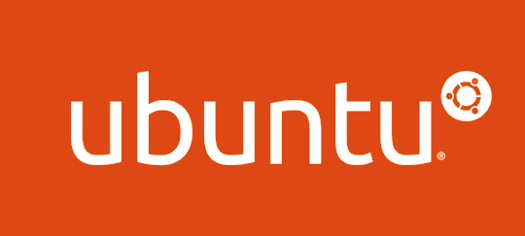
FOSS Week in Review
Something arctic this way comes. That”s what Lannie Pope, the weatherwoman on the local NBC affiliate, tells us, Trouble is, I’m still stuck in a house without proper heat, a situation that’s been dragging on since near the end of September. It’s a long story, but…brrr. I’m glad I don’t live in a part of the country where it gets really cold.
Now on to this week’s FOSS news, which is always warm…
Christine Hall has been a journalist since 1971. In 2001, she began writing a weekly consumer computer column and started covering Linux and FOSS in 2002 after making the switch to GNU/Linux. Follow her on Twitter: @BrideOfLinux
Also included: FBI hacks 8,000 with single warrant, new Cinnamon desktop release, “government-backed attackers” after journalists, and FOSS Force adds beef to newsfeed.
FOSS Week in Review

Okay, Thanksgiving is over. Let the sales begin. Which reminds me, I have to buy a new cheap Wi-Fi router — cheap being the operative word. Any suggestions?
Otherwise, it’s back to FOSS news…
Christine Hall has been a journalist since 1971. In 2001, she began writing a weekly consumer computer column and started covering Linux and FOSS in 2002 after making the switch to GNU/Linux. Follow her on Twitter: @BrideOfLinux



